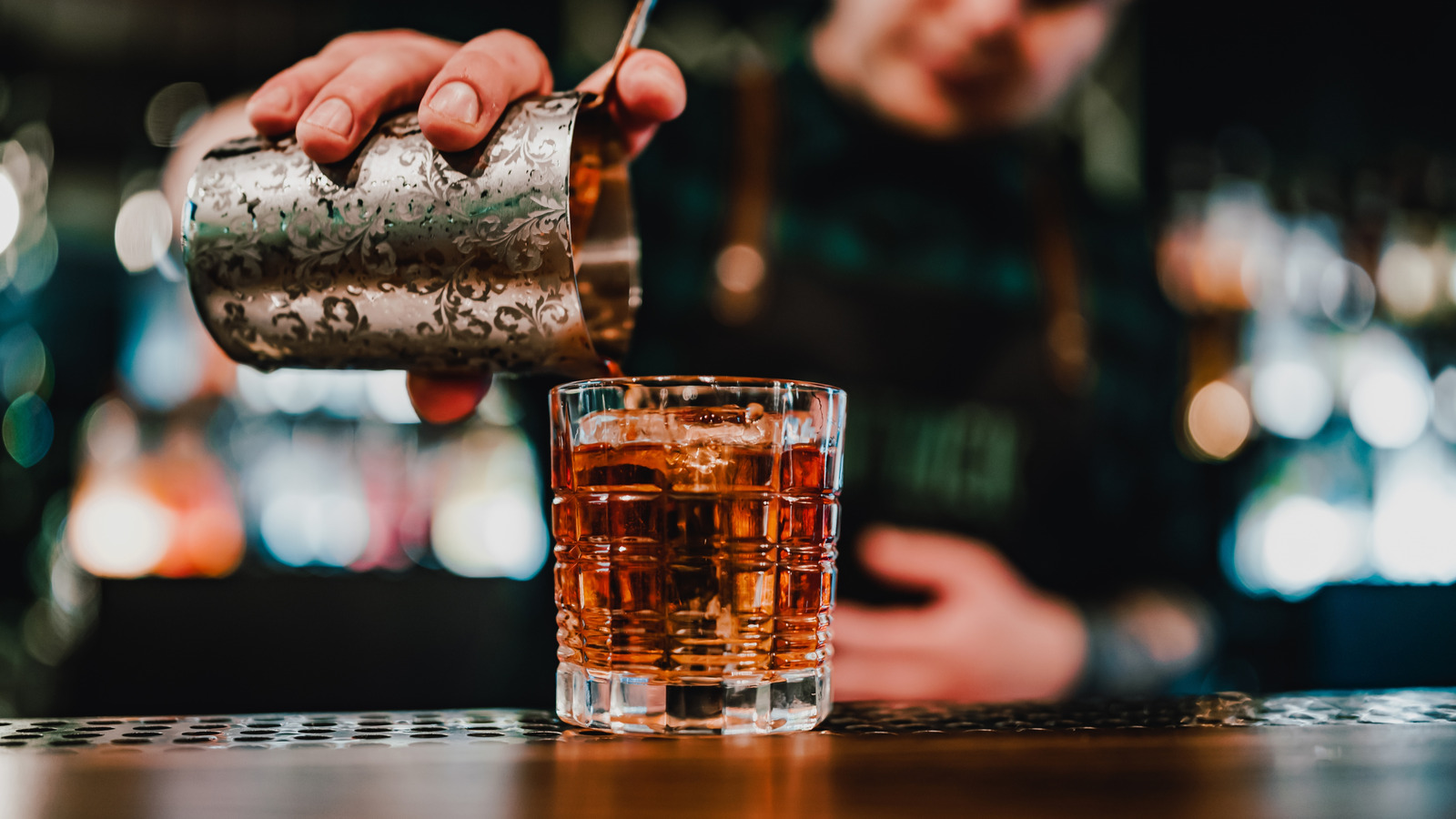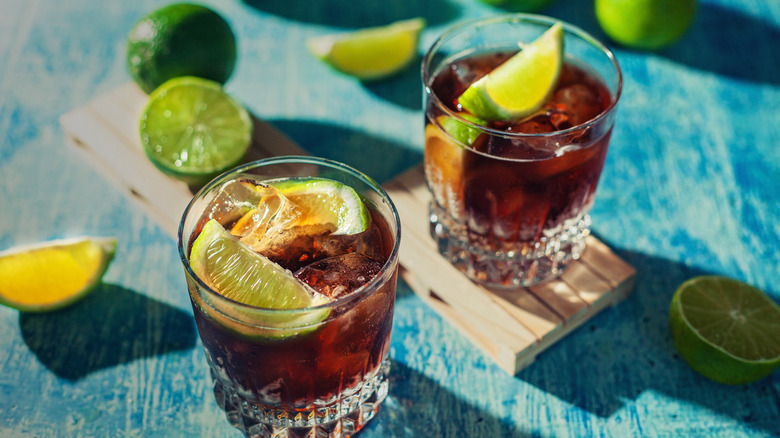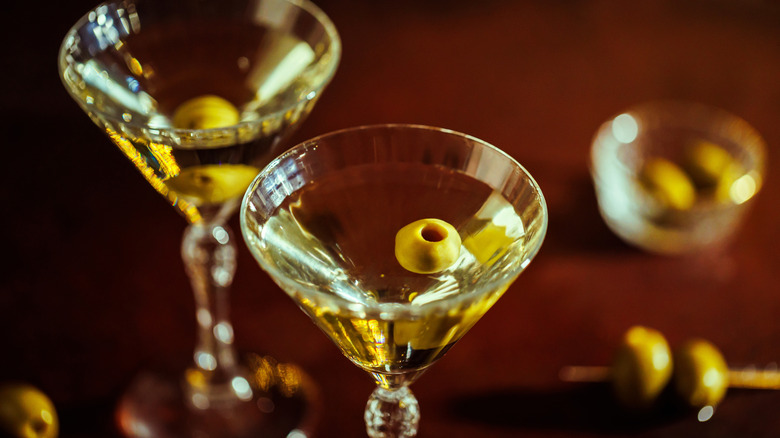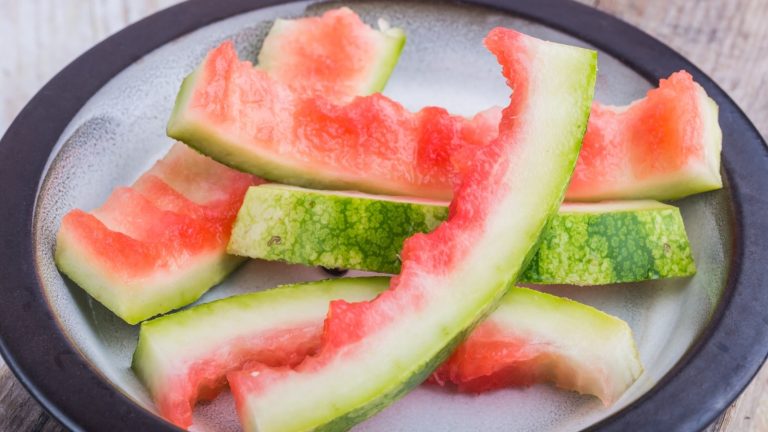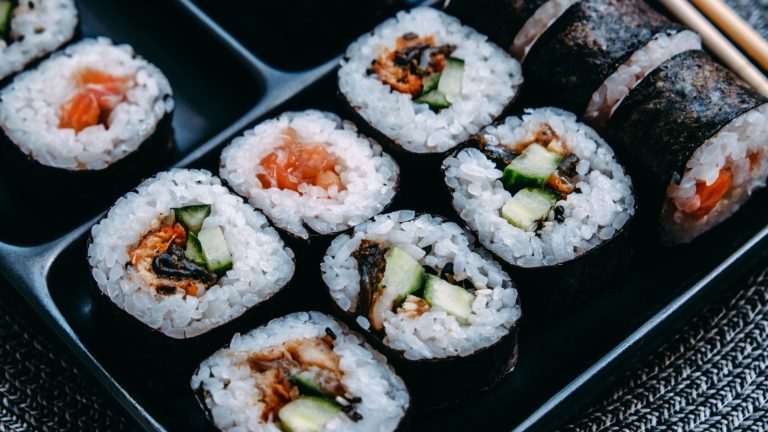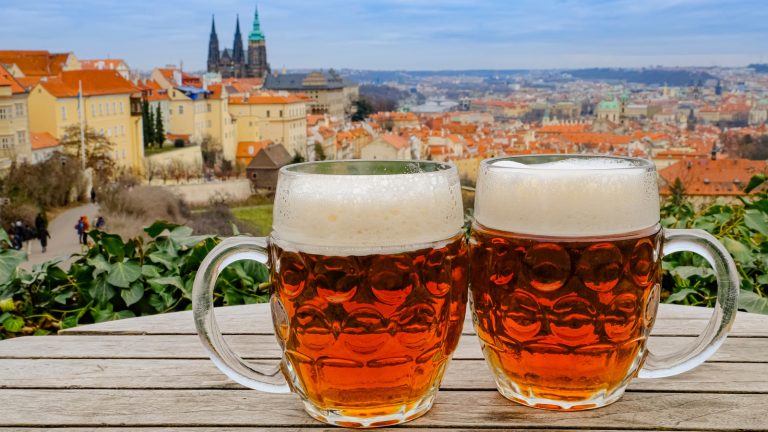Bartending has a language of its own, and ordering drinks can be intimidating if you don’t speak it fluently. The menu might say a cocktail is served “with a twist” (typically a lemon garnish), or the bartender might ask if you want your spirit neat or on the rocks (no ice or on ice, respectively). The drink might come in a tall glass (in a larger glass with more mixer) or straight up (shaken with ice, then strained). But while much of liquor’s language covers the way a drink is prepared or served, the terms “call,” “well,” and “top-shelf” indicate what spirit goes inside.
It’s most likely that you’ve seen those designations appearing on happy hour menus and specials boards since they’re all labels related to quality and price. A lot of those discount deals focus on well drinks, which use low-cost spirits that are chosen by the bar. For those who have particular intoxicant inclinations, call drinks are mixed using a liquor that was specifically requested by the customer. If you’re feeling a little fancy instead, you might order yourself a top-shelf drink, which uses top-quality booze.
Imbibe a bargain with a well drink
In many bars, a special rack of liquor sits right at the bartenders’ fingertips. This area is typically called the well, the speed rack, or the rail — which is where the well drink (also sometimes referred to as the rail drink) gets its name. In addition to the favorite and familiar cocktail ingredients such as bitters or simple syrups, the well is full of common liquors of generally cheaper brands that the bar has chosen. Well spirits are the equivalent of a house wine; if you order a mixed drink without specifying a brand of booze, you get the well spirit. Bars choose a brand that is cost effective and versatile in taste – such as Ketel One for vodka or Four Roses for bourbon — so that it can match any mixer.
Let’s say you want a gin and tonic, which is a very straightforward 2 ounces of gin finished with tonic water and a lime wedge garnish. Or, maybe you want a rum and Coke, an equally easy 2 ounces of rum finished with cola. If you ordered either and don’t have a preference for a specific brand of gin or rum, you’d get the well. It isn’t the best quality liquor, but many bottom-shelf drinks are worth the buy and are a great choice on a budget.
Sip your favorite brand in a call cocktail
Where a well drink has an inexpensive anonymity, a call drink is the other side of the cocktail coin. It’s the liquor you know and love — or at least the one you know the name of and order specifically. Simply put, a call drink or a “drink on call” is a mixed drink that uses a spirit called out by name. Of course, this means that call drinks are hugely varied and dependent on the bar’s selection, as well as the drinker’s taste and preference, but there are still some customary call drink occurrences.
It’s not uncommon to hear someone order a Bacardi and Coke, which is a call drink that uses Bacardi rum, or someone might ask for a Tanqueray and tonic, which is a branded take on the gin and tonic. Although call drinks are often associated with booze of mid-range price and quality, the term really covers any mixed drink with a particular liquor. Just make sure you’re flexible: If the bar doesn’t stock your drink on call, “wait, you don’t have (insert super specific booze here)?” is one of those things you should never say when ordering drinks.
Taste the top-shelf extravagance
If you have expensive taste, your call drink might actually be a top-shelf drink. Also called a premium drink, top-shelf refers to the costly liquors traditionally housed on the bar’s highest shelves — that cost varys widely based on the establishment, but the bottles typically retail for $50 or more. While the well drinks are named for their proximity to bartending service, these top-shelf liquors got their moniker because they usually aren’t ordered as much and can be kept out of the way, although many bars don’t stick to that method of organizing anymore.
Top-shelf drinks generally hold a high-end price but are also often chosen for their superior quality. On those proverbial top shelves, you might find Haku or Belvedere vodkas, Pappy Van Winkle bourbon, or the extra rare Eagle Rare 17-year-old bourbon. Top-shelf spirits let you treat yourself with a little luxury in your cocktail.


